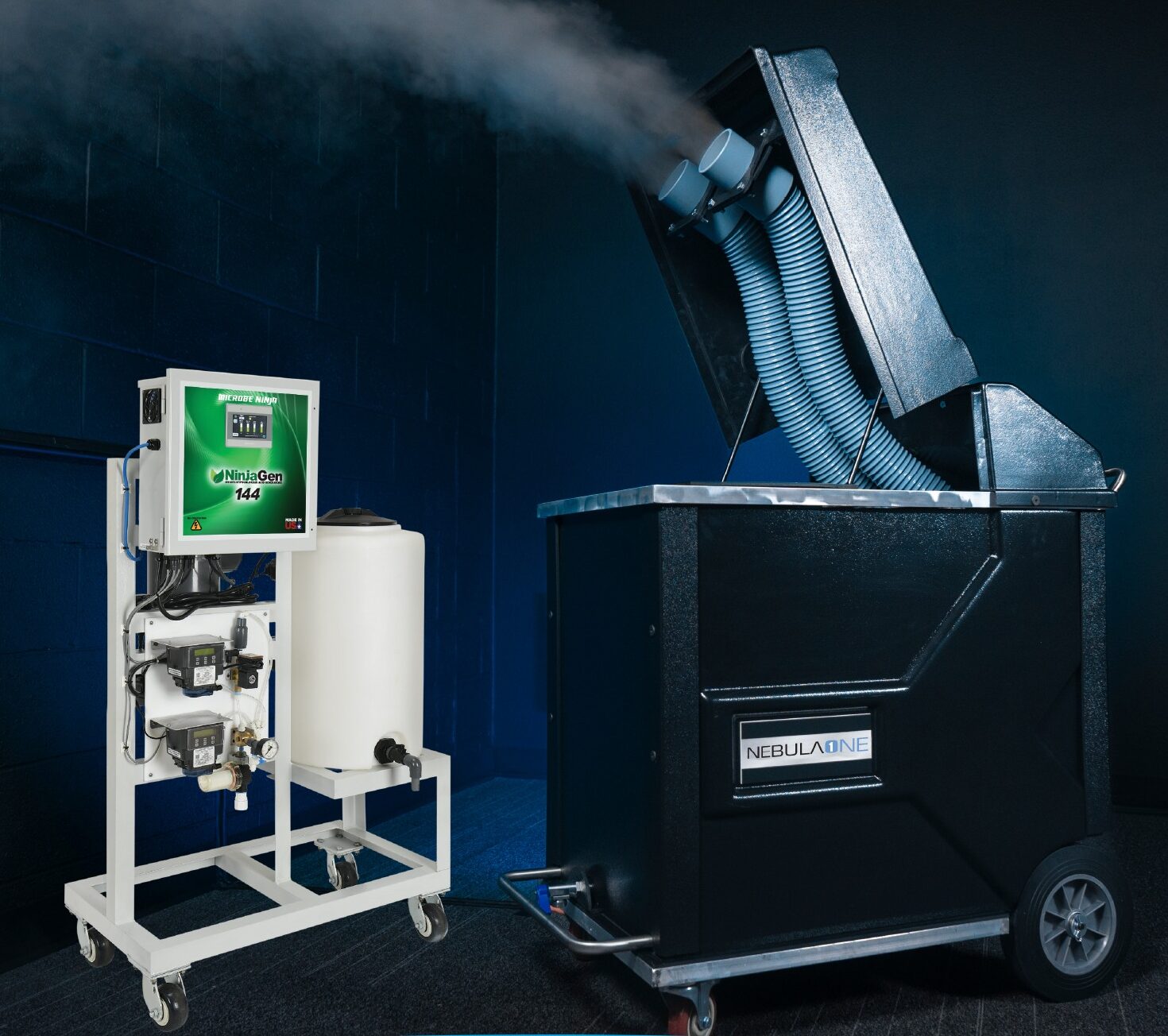A recent study examined the effectiveness of HOCl dry mist in eliminating harmful microorganisms, including bacteria, viruses, spores, and fungi, while ensuring it remained safe for delicate medical equipment like pulse oximeters and Raspberry Pi computers.
Key findings revealed that hypochlorous acid, HOCl, at concentrations of 300 ppm, 500 ppm, and 2000 ppm, was highly effective in decontaminating surfaces. Even at the lowest concentration (300 ppm), it achieved a 99.999% reduction in bacteria such as E. coli and Staphylococcus aureus. As well as a 99.99% reduction in viruses similar to SARS-CoV-2. Fungal spores, like Candida albicans, were also significantly reduced at 300 ppm, while more resilient spores like Bacillus subtilis required higher concentrations of 2000 ppm.
The study also confirmed that repeated exposure to HOCl caused no damage to electronic devices, even after 90 cycles. No corrosion or residue buildup was observed, and the devices’ color and texture remained unchanged.
HOCl’s effectiveness varied based on concentration and exposure time. While 300 ppm worked within 60 minutes for most pathogens, 500 ppm tackled harder-to-kill microorganisms like Mycobacterium avium. A higher concentration of 2000 ppm was needed for complete decontamination of resilient spores and fungi in 90 minutes.
For those looking to harness the power of HOCl, the Arcus Manufacturing Dry Mist Fogger provides a practical and accessible solution. Paired with NinjaGen HOCl generators, this system delivers fast, efficient, and safe decontamination, making it ideal for hospitals, ambulances, and other environments requiring thorough cleaning.
This study also highlights HOCl dry mist as a highly effective tool for pathogen reduction while ensuring the safety of sensitive medical equipment.
Read the study on HOCl Dry Mist Fogger here.



Comments are closed